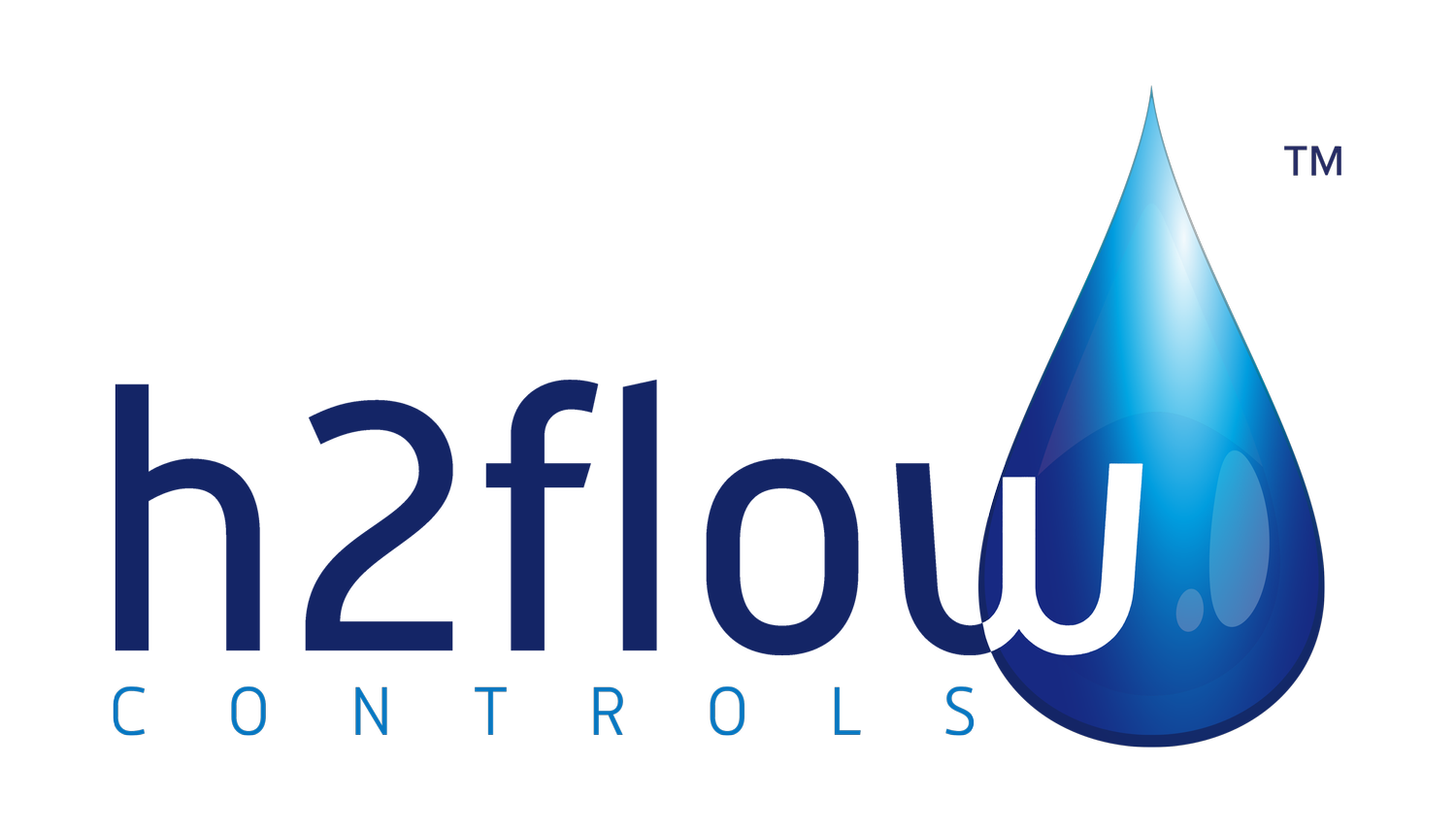Speed-controlled fan reduces electricity costs by €25,000 annually
The process industry INEOS (formerly Hydro Polymers) saves 25,000 euros each year by controlling the speed of one of its fans. The company uses Emotron variable speed drives in several of its electric motor drives, including pumps, fans, mixers, mills and centrifuges. The major benefits are lower energy consumption and a reduction in wear.
Sweden’s only PVC production facility
INEOS’ facility for the production of the plastic material polyvinyl chloride (PVC) is the only one of its kind in Sweden. It produces 210,000 tons of PVC every year. The company has 360 employees and an annual turnover of 200 million euros. PVC is used mainly within the health-care sector for, among other things, gloves, tubes and blood bags, and in the construction industry for pipes, cables, window frames, flooring and more. Production involves a chemical process consisting of several stages that ultimately produce a white powder. Pumps, fans, blowers, mixers, mills and centrifuges, controlled by Emotron variable speed drives and soft starters, are all used as part of the process.
INEOS saves 25,000 euros per year by controlling the speed of just one fan. “Drive motor efficiency increased by more than 25% when the Emotron variable speed drive was installed,” explain systems operator Martin Gustafsson and project engineer Ingemar Leckborn
A single fan saves 25,000 euros per year
One of the big fans used for drying the PVC powder clearly demonstrates the excellent savings potential that results from streamlining electric motor drives. By replacing mechanical control with speed control, INEOS saves 25,000 euros per year in reduced electricity costs for this one fan alone. The efficiency of the drive motor increased by more than 25 % when an Emotron variable speed drive of 400 kW was installed for control purposes.
Previously, the drive motor required 85-90 % of the rated output; today, it uses 60-70 % with the same results, which means an airflow of approximately 119,000 m³/hour. The difference is due to the energy that was lost when the airflow was controlled using dampers.
PFE spurs industry on to save energy
INEOS was one of the first companies to sign up to the Swedish Energy Agency’s program for improving energy efficiency in energy-intensive industries (PFE). Participants are companies involved in the Swedish manufacturing industry, who are working systematically to streamline their manufacturing processes. Requirements include companies introducing a standardized energy management system, carrying out an energy audit and compiling a list of measures that are then implemented and reported.
For any reduction in electricity consumption that can be demonstrated through these measures, the company is granted relief from the tax on electricity of 0.05 cents/kWh. The 100 or so companies who have joined the program since January 2005 have achieved energy savings of almost 1 TWh. That is more than Sweden’s entire electricity consumption for two average days.
Emotron products are used to control items such as pumps, fans, mixers, mills and centrifuges used during the manufacturing process. “The main benefits are excellent operational reliability and user-friendliness,” says Ingemar Leckborn.
Systematic energy work pays off
As part of its efficiency drive, INEOS is looking at both electrical energy and heat. Their energy management system was certified in 2006 and has been implemented throughout the company’s general business system, which also covers health, the environment and safety. Kent Olsson is the electrical manager and also the person responsible for the company’s PFE project. He regards it as a positive development for the Swedish government to be giving industry an incentive for energy savings through the PFE programme.
“Tax relief is a carrot for us, but the biggest potential is in the savings we make by reducing our electricity consumption. As an energy-intensive industry, we would have taken measures in any case, but PFE was an important reason for us starting more systematic work,” explains Kent Olsson.
Involves operators and designers
The energy audit gives an idea of the flow within the company and indicates potential savings. When it comes to controlling the speed of electric motors, the company has specified a payback period of a maximum of three years for switching from throttle control – the same limit that applies for PFE.
“The trend at INEOS is towards ever larger motor drives and thus more and more systems are benefiting from being speed-controlled,” says Kent Olsson. According to Kent, good results can only be achieved by involving personnel in the project. “The systems operators must be involved, as it is their day-to-day work that produces the greatest effect. It is equally important for designers and project engineers to consider energy consumption when designing systems.”




